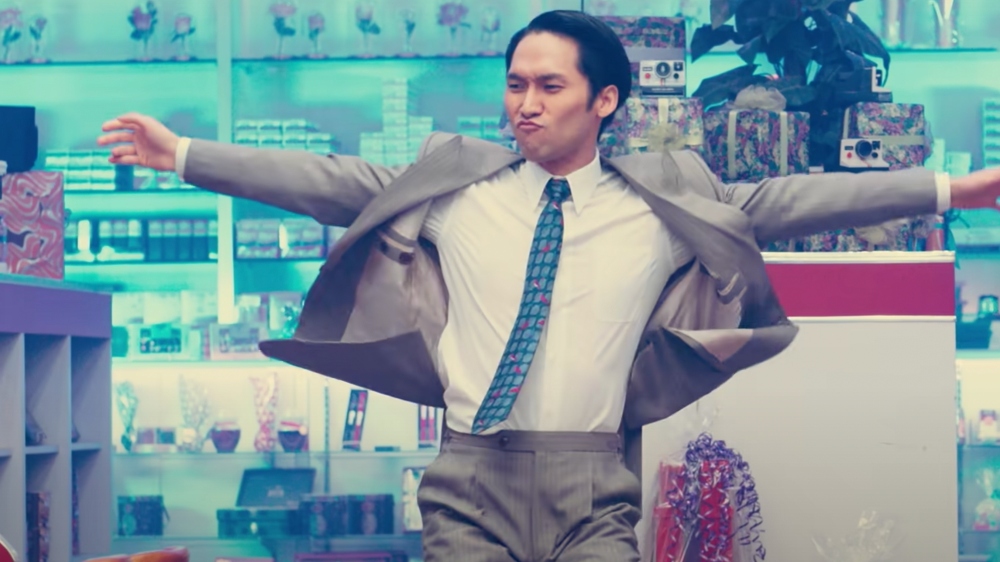
Main title sequences often go unnoticed or underappreciated unless there’s a James Bond movie after them, but they can be key to setting a certain tone. Sometimes, these title sequences are even better than the actual film or TV show that they’re introducing.
The Apple TV+ drama Pachinko boasts an incredible title sequence set to the golden oldie “Let’s Live for Today” by the Grass Roots. The catchy tune — which has been sped up — plays over historical footage that has been interwoven with a high-energy dance party that takes place in a gaming parlor and introduces us to the show’s various characters.
Created by Soo Hugh and directed by Kogonada (After Yang) and Justin Chon (Blue Bayou), Pachinko is an eight-part adaptation of Min Jin Lee’s acclaimed 2017 novel of the same name, which chronicled four generations of a Korean family.
Below the Line spoke with Angus Wall and Nadia Tzuo who served as the Creative Directors for Pachinko’s main title sequence, which has been nominated for an Emmy along with three other Apple shows. The duo discussed the role of the main title designer and the dance-off in the Pachinko titles along with how the dancing provides a stark contrast next to the historical footage. Wall also talked about his previous work on some high-profile music videos, so enjoy!
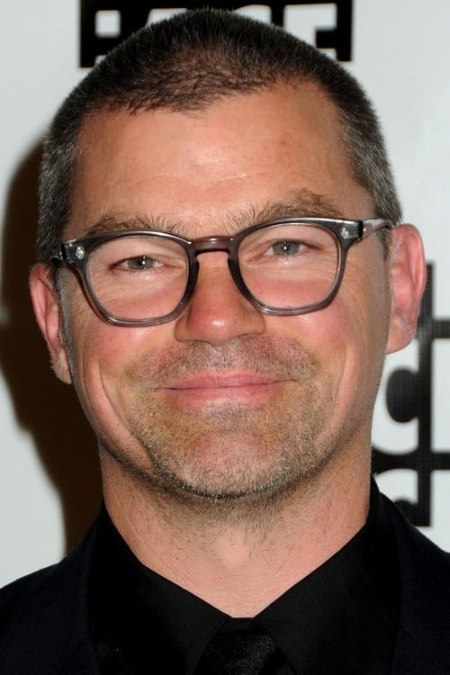
Below the Line: The main title sequence for Pachinko was really awesome, so congratulations to both of you on your Emmy nominations. For those who may not know, could you explain what the role of a main title designer is?
Angus Wall: Do you want to take that one [Nadia]?
Nadia Tzuo: Yeah, I think Angus definitely has a longer history than I do, but I’ve [done] title design for the past 15 years, and I think this is still [the most] special project that I worked on. [It’s] so joyful and people actually want to dance with it, so this is something special for me and I’m very proud of the nomination.
Wall: I think it’s funny because I don’t think it matters how long you’re doing it, I think it’s always really, really hard to crack a main title because there’s not really a logical way into it. It’s something that — correct me if you have had a different experience now [Nadia] — I always find really daunting because it’s like looking at a blank sheet of paper, in a way.
Title sequences can do so many different things that the show can’t. A lot of times, a story [is] kind of downloaded in a way — the story takes a lot of effort and there are some rules to the game in terms of how scripts are written and shows are made, [but] those rules get broken all the time, [so] I don’t know if there’s a set of rules for how to make titles.
I always find [that] the idea comes in the weirdest moments when you’re sometimes not thinking about it or you’ve done a huge amount of work and then there’s [an] idea that happens at the very end that doesn’t really relate to anything you thought about before, but becomes the idea. It’s a really interesting art form because when they work, they’re great and they really set the tone for the show, and they can tell you things about the world of the show that the show can’t really do. Main titles can actually serve a real function in terms of telling you things that you could never say narratively, either informationally or tonally, about what the show is.
And I think this is the case [with Pachinko]. This is is a title sequence that talks about tone, first and foremost. I mean, Nadia was talking about the sense of joy and I think that’s kind of the overriding direction we got from Soo through a bunch of different iterations of the idea.
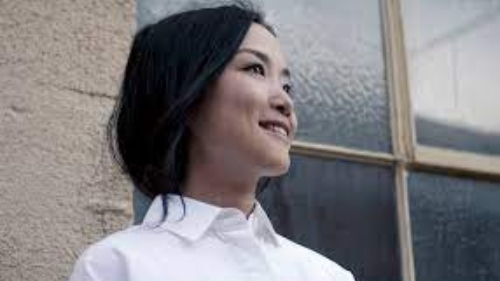
BTL: How closely are the two of you working together on a project like this?
Tzuo: I think in the beginning, we talked about the bigger picture with Angus, [but] the tone had been set through our first meeting with Soo [Hugh] and Angus.
BTL: In that case, did the two of you communicate on a daily basis?
Wall: It definitely wasn’t on a daily basis. I think figuring out how to work collaboratively during [a] pandemic is kind of interesting, I think we probably talked once every two weeks or something like [that]. Frankly, it was pretty few and far between. I mean, Nadia by and large ran this job.
BTL: What does the process of putting a main title sequence together look like? Are you assembling footage that’s been given to you or shooting new stuff? And are you given a score track or song for the titles to be played over?
Tzuo: It’s case-by-case. I always like to think the titles sort of serve as the bookends of the story; [They] either tell you what the book is about or it could be something completely out of the blue that suddenly makes sense after you read the story. Sometimes they can serve as an index if the story needed some type of prologue; they’ll introduce a little bit of footage or stories in it, but it could be something completely abstract to serve the tone for the story and the medium. I think it’s totally different, but in most cases, we will go shoot whatever we need. For Pachinko, Soo always wanted to do a dance sequence, so they shot that just for the title [sequence].
Wall: Like Nadia said, it’s very case-by-case. A show creator has a very solid idea of what they want to do, and that was the case with Soo. That’s not what this ended up being, but she had a very specific idea and tone and even had a track picked out. Sometimes it’s sort of [an] open field and you can either watch a pilot, or you can read the script to a pilot and from that, you start to sort of free-form ideas and go from there. It’s one of those jobs that varies so wildly. Some are insanely difficult and take a year to make, and some are actually really simple and elegant and are fairly straightforward to make. I think if you look at all the main titles out there, there’s such a wide variety of ideas and executions, it’s really interesting.
BTL: At what point in the production is the main title sequence made?
Wall: Totally depends. So on this specifically, it was actually a pretty good amount [of time]. I mean, it was eight [or] nine months or something — over a year if we include the first brainstorming session. It went through multiple iterations.
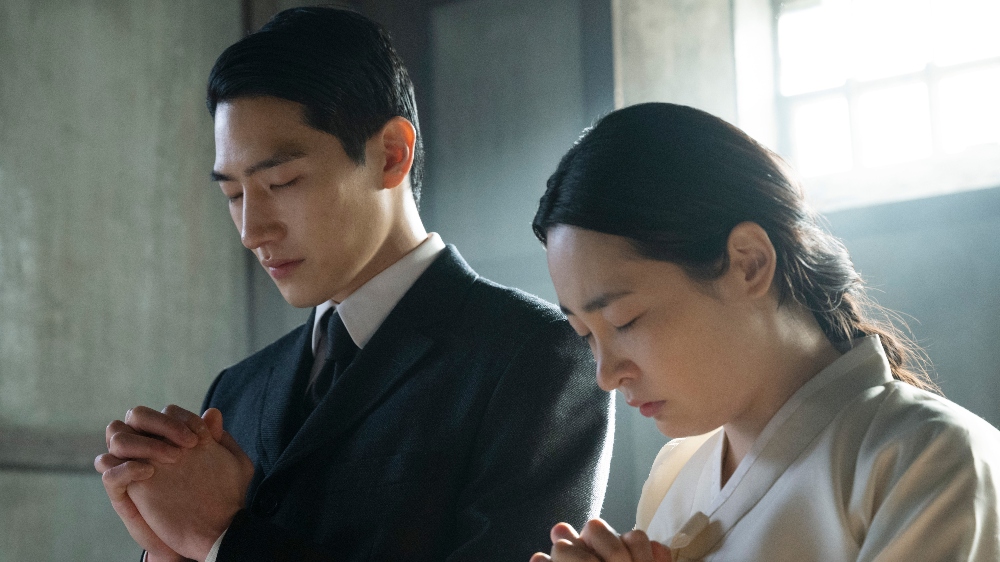
BTL: You’ve mentioned that the title sequence went through a few iterations a couple of times, so could you tell me some specifics regarding the original ideas compared to what we ultimately saw?
Tzuo: I think that we pretty much stuck to the original idea. Even in the script [and] in our first meeting, Soo wanted a very iconic song that you would want to watch again and again every time when you start the show. And then she wanted [it] to be a celebration for the characters and the people, so the idea of dancing down the hallway of the Pachinko parlor was unchanged. I would say, [in] all the iterations, the Pachinko machines are such an interesting thing to look at, just the design and the playful bits of it, and the way [that] we introduced this heavy historical timeline kind of gives us [the] scope of what these characters lived through. That’s a lot of information for us, so we just needed to make decisions.
Wall: Also, what era does the main action in the title sequence take place in, because we explored the idea of seeing that happen in different eras of the Pachinko parlor. But you know, what’s interesting is, the [cast] basically carry that, and there’s a lot of personal expression from the actors through the movements that they do. So there’s this really interesting sort of hybrid character-real person blend that’s in there that really comes through in an interesting way. I mean, there was a choreographer, but most of the material is from the actual actors and their physical expressions.
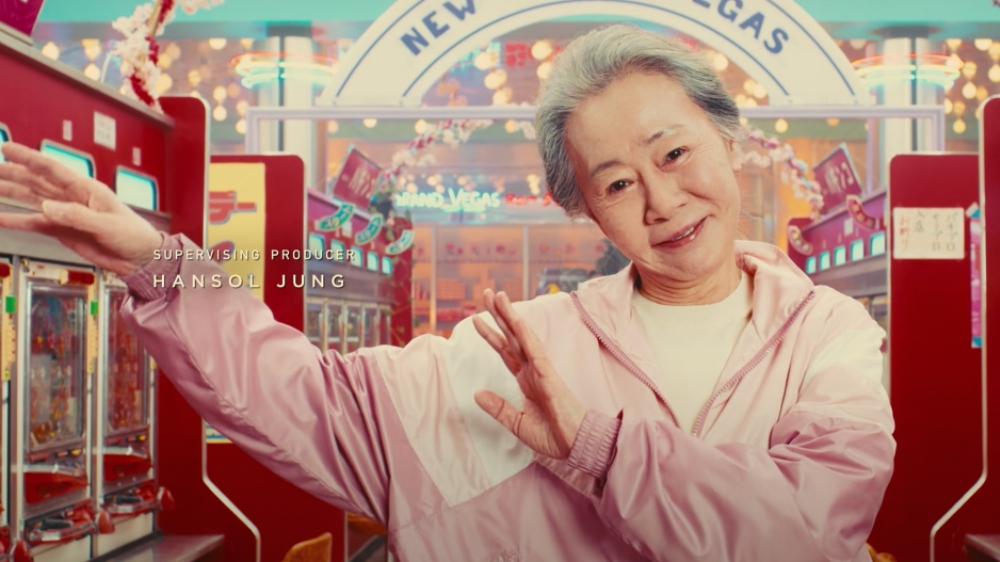
BTL: Both of you have worked in this industry for a while now, so did you draw on any of your past experiences on other projects while designing the Pachinko titles?
Tzuo: I think [that’s] a great question for Angus.
Wall: I mean, I basically grew up in the industry doing music videos. So it really harkened back to those experiences from the very late 1980s through the mid-1990s.
BTL: Who are some of the artists you did music videos for?
Wall: Nirvana and “Smells Like Teen Spirit,” [and also] Madonna, R.E.M., Tom Petty, Queens of the Stone Age. I mean, tons of stuff.
BTL: Apple has announced that a second season of Pachinko is in the works, so do you anticipate the main titles changing at all, and if so, have you started working on them?
Tzuo: I got a brief message from Soo; we just heard that we were potentially starting the second season at some point, but I don’t personally have [any] further information about it.
Season 1 of Pachinko premiered back in March and is now streaming in full on Apple TV+, which has renewed the show for a second season.





